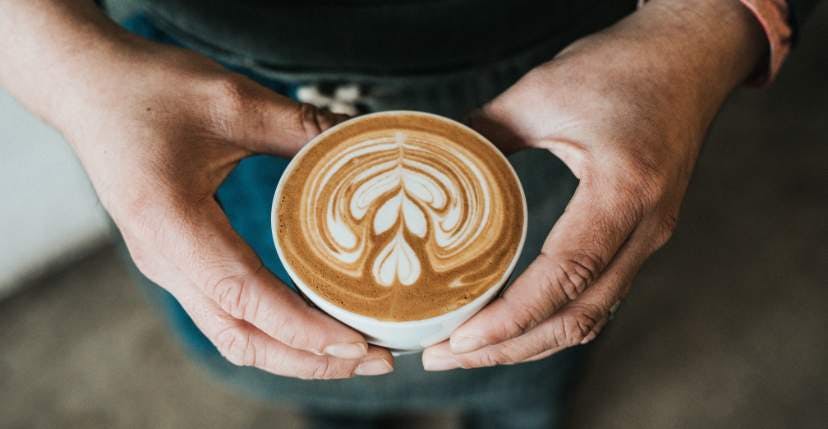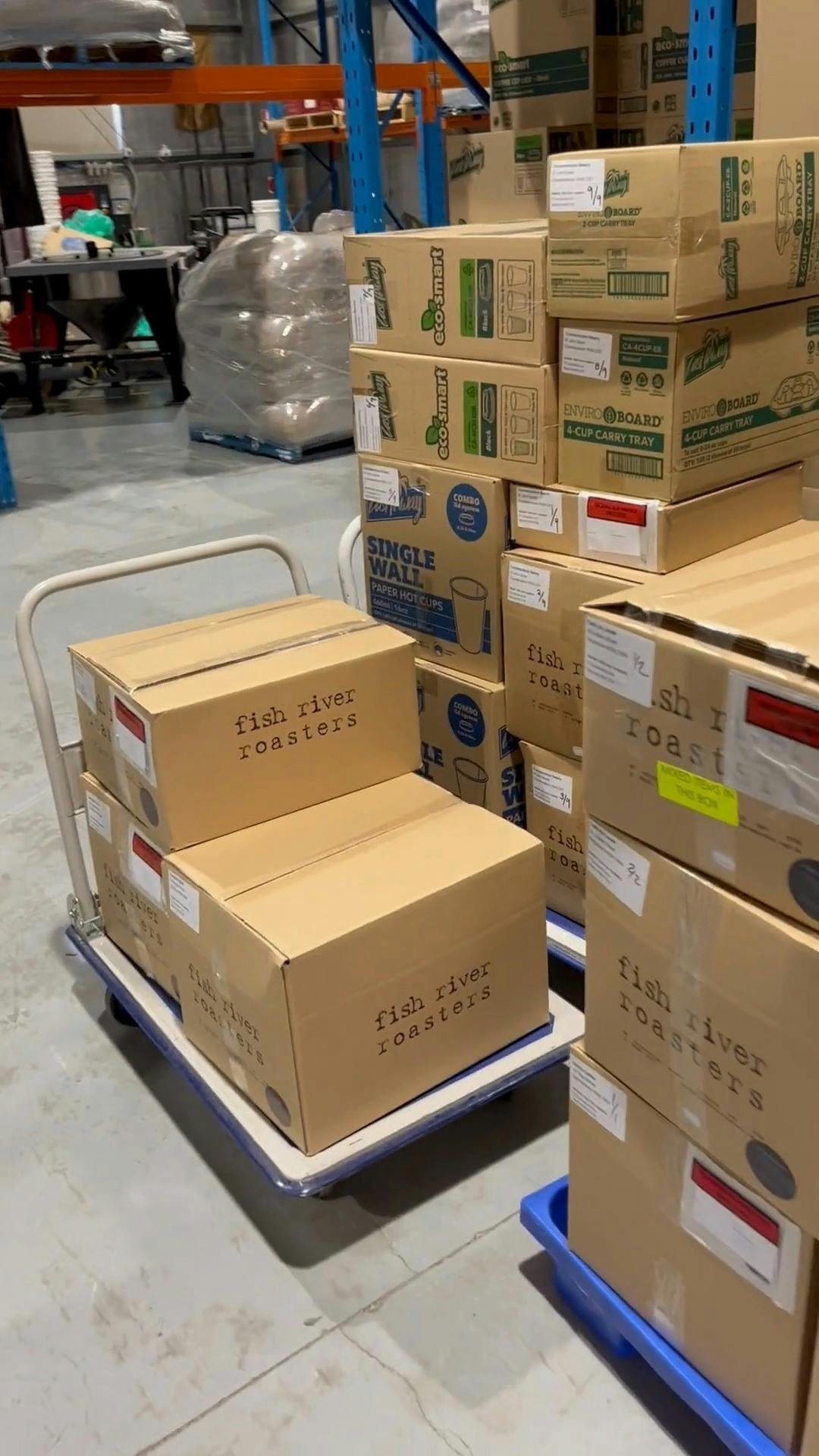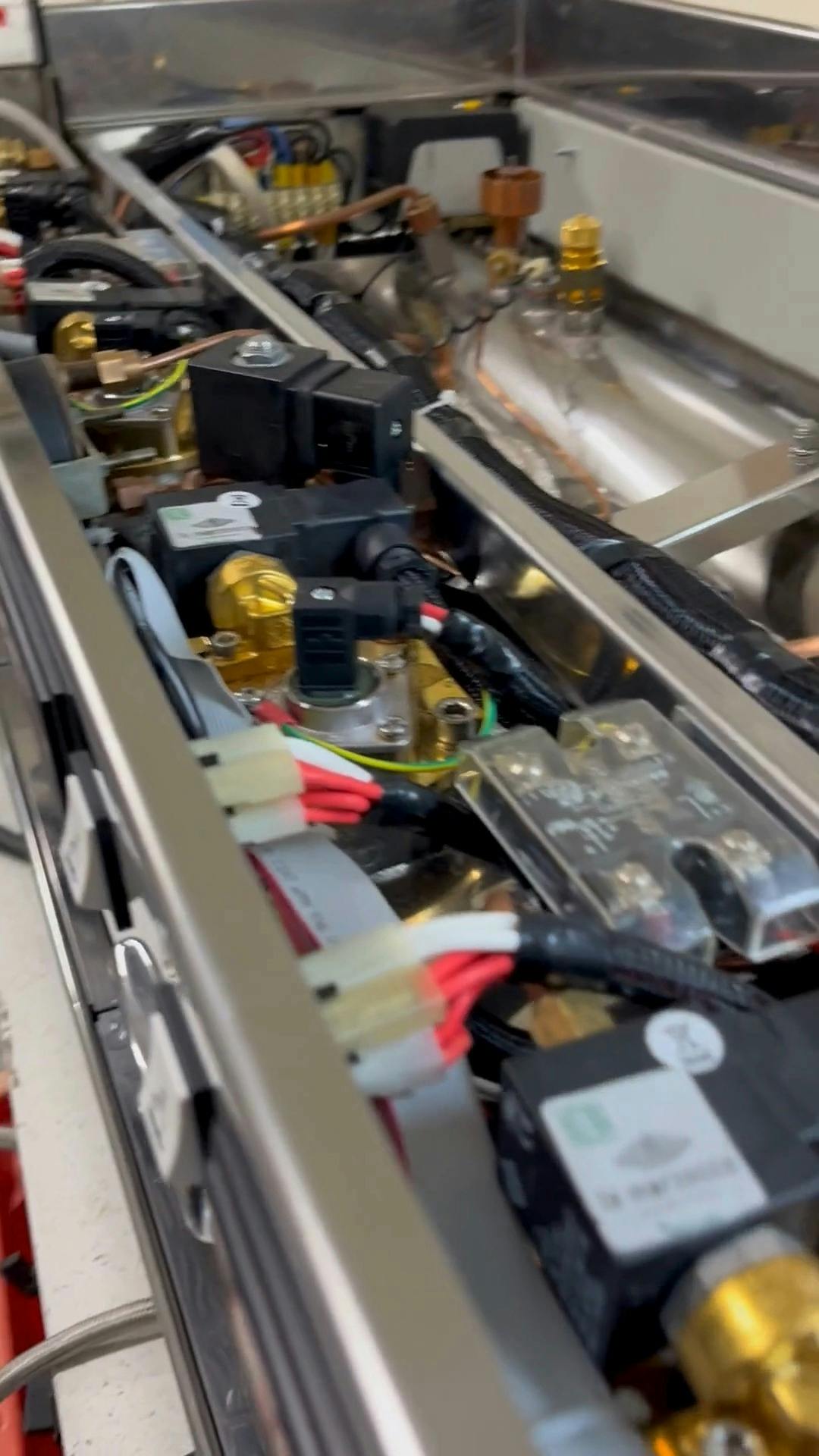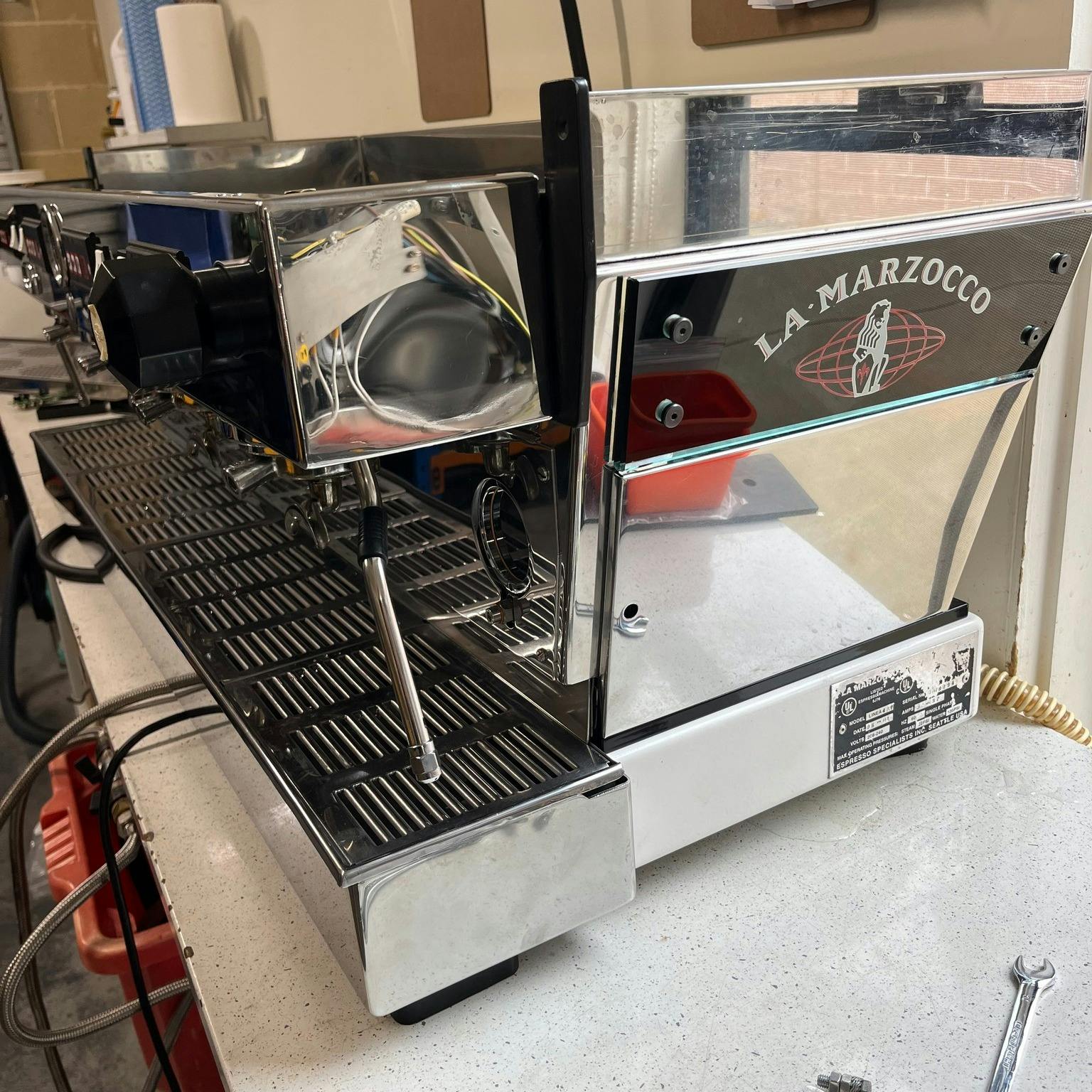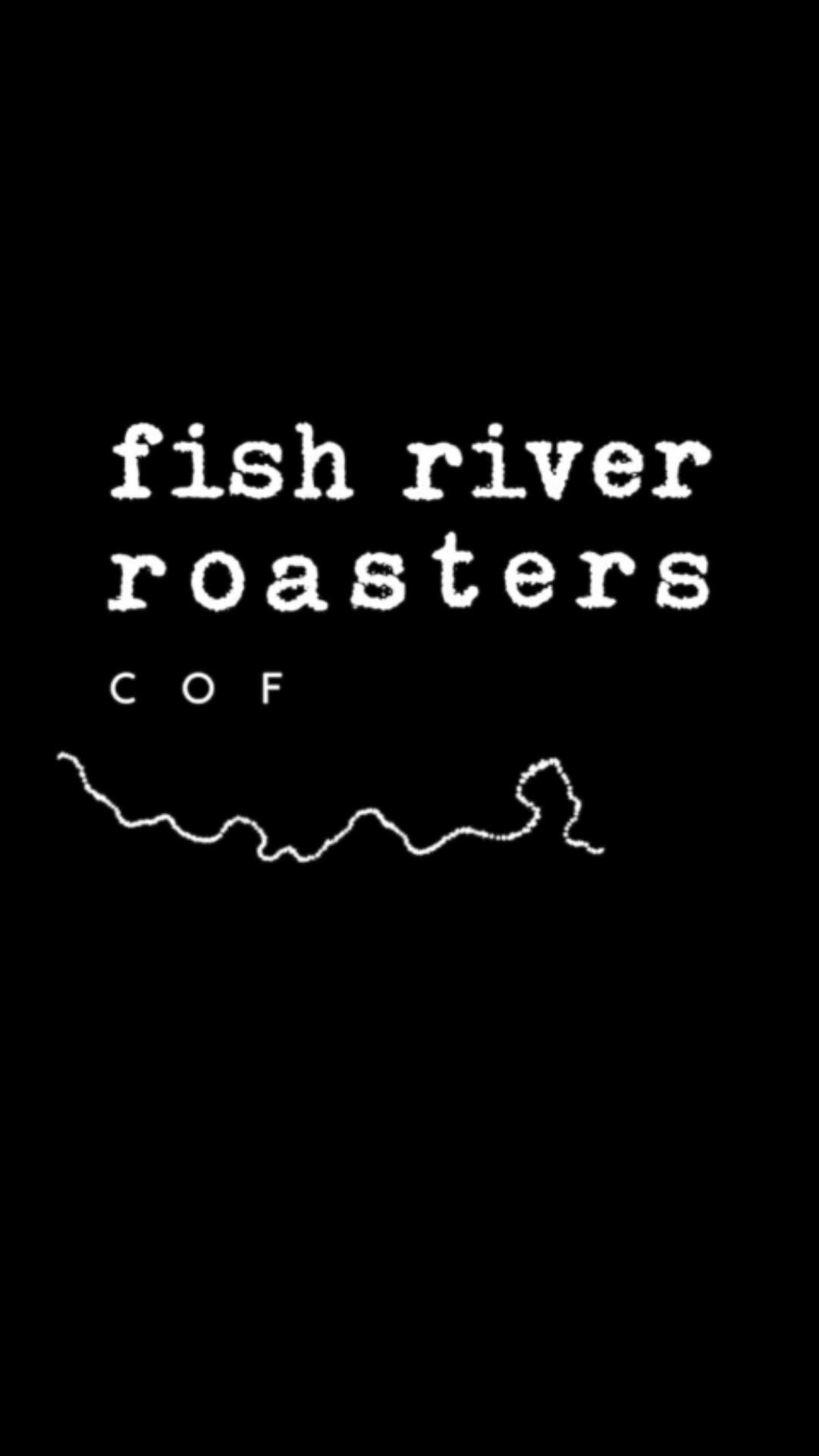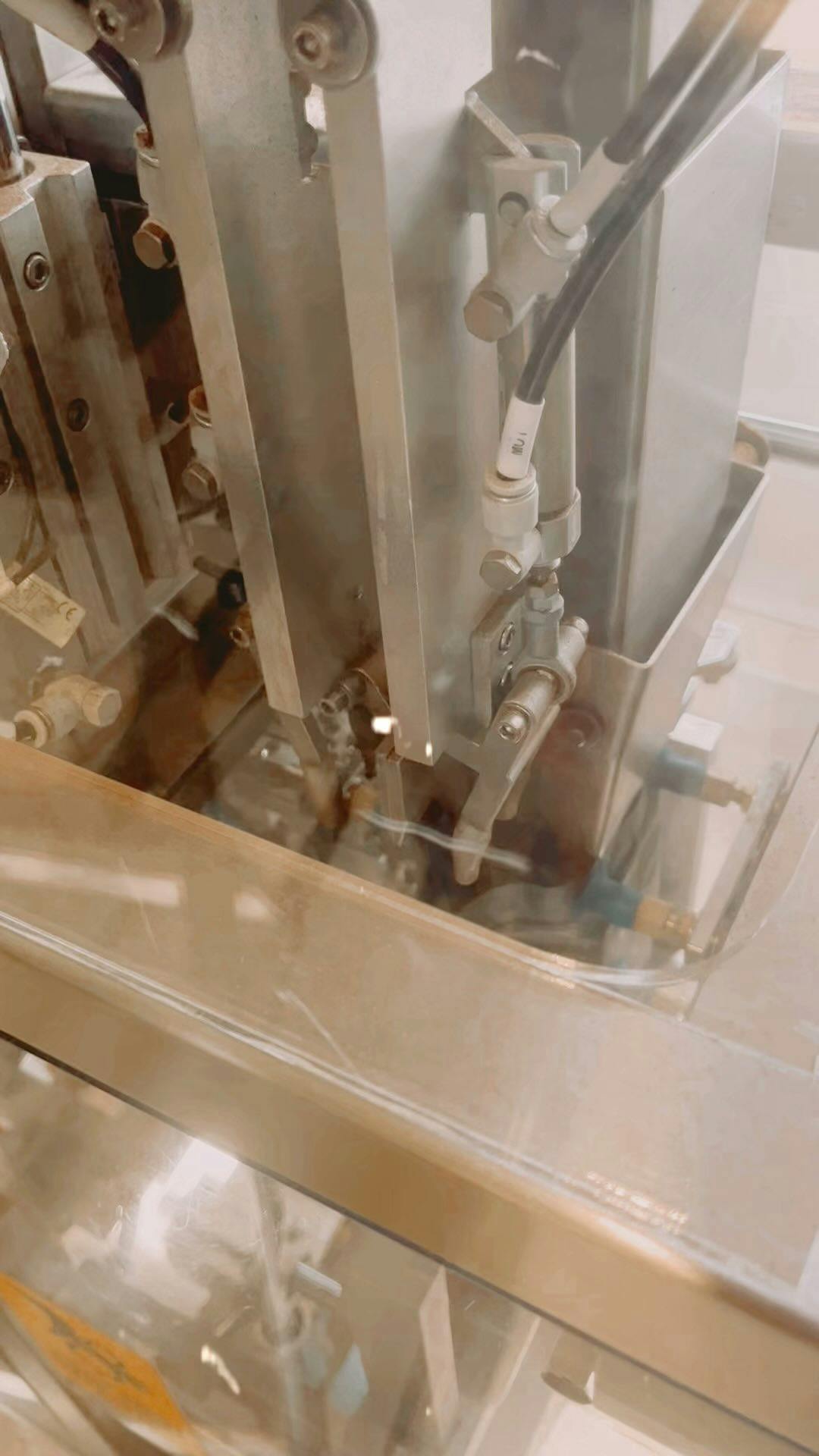Our story
cafe
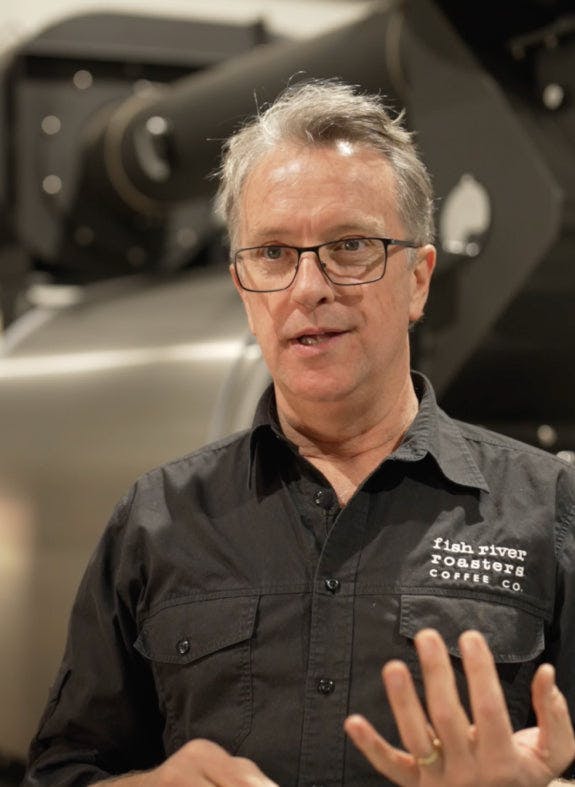
Peter's Story
Coffee was pretty poor in London back then.
I was working at a very posh hotel and there was an older Italian guy on staff who was not impressed with the standard of coffee he was finding. When we would knock off work he would take me to Bar Italia in Soho for a “real coffee” from their classic lever group espresso machine. He only drank espressos. They were short, they were sweet and they transformed my view of what coffee could be. Up until then I was a keen coffee drinker, but not obsessive. Having grown up in Australia in the 70’s and 80’s espresso wasn’t new to me. As a child I can still remember looking at words “Cappuccino” and “Espresso” written on the sign in my local milk bar and wondering what they were. The local milk bar had a lever group espresso machine as well. They used to make great milk shakes and I remember thinking that for around the same price as a milk shake they were selling what seemed like tiny thimbles of coffee to a constant stream of locals, mostly Italians and Greeks.
So there I was in Bar Italia drinking these same “tiny thimbles” of coffee and it all started to click.
So there I was in Bar Italia drinking these same “tiny thimbles” of coffee and it all started to click. There was an Italian guy roasting coffee just around the corner and when I took a look at what he was doing with an ancient coffee roaster my idea of what coffee was and where it came from was changed forever. Several trips backpacking through Italy convinced me that there was something to be respected and admired in the Italian espresso coffee tradition but I wanted to know more about where coffee came from.
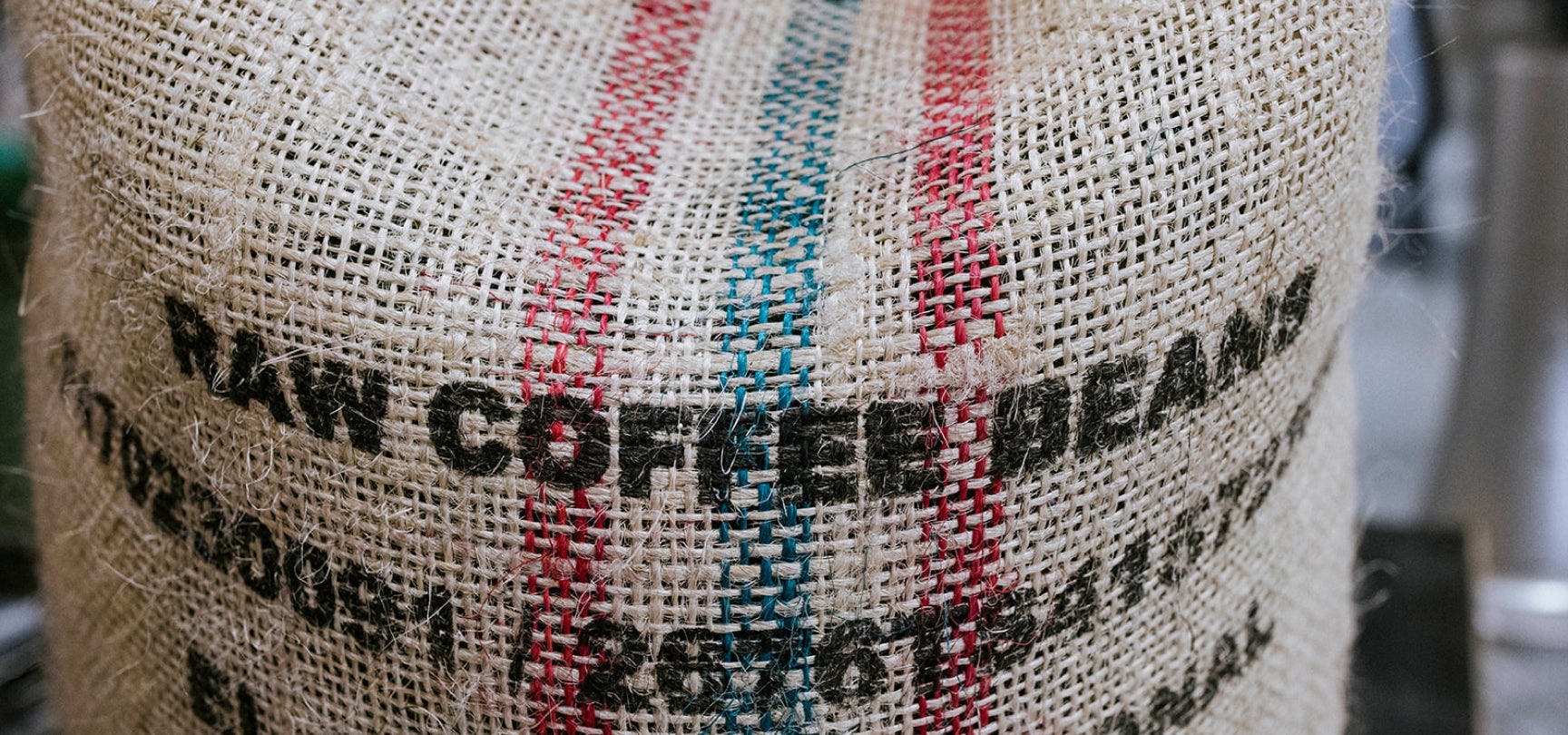
As I back packed around I managed to visit coffee plantations in Kenya, Tanzania, Zimbabwe, Vietnam and Sumatra to find out more about coffee origins.
When I got back to Australia in 1997 I opened a café and set about gradually improving my own espresso skills. There were no courses you could take then, and frankly I look back on what I was doing and my technique at the time and cringe. But as I read a bit more, watched a bit more and started pestering my coffee supplier for training (“Training?”) things started to improve. In 1999 I became unhappy with the quality of the coffee I was being supplied and so decided to take matters into my own hands. I ended up buying my first roaster. It was small, I was forever roasting coffee to try to keep up with demand from the cafe and home users, but at last I had control over quality — and no one to blame but myself.
- Specialty Coffee Alignment: We are dedicated to staying at the forefront of the specialty coffee industry. To do this, we must continuously adapt and refine our methods to meet industry standards.
- Enhanced Strength and Flavour: Our new recipe promises to deliver a bolder, more robust flavour profile. We want each cup to be a memorable experience for our customers.
- Consistency in Every Cup: We’re passionate about ensuring that every sip of our coffee is of the highest quality. By making these changes, we can offer greater consistency in every cup.
- Reducing Waste: Sustainability is a core value for us. We believe in reducing waste wherever possible. Our new recipe and equipment adjustments will help cafes minimise waste generated by their grinders. A deeper basket will help catch all the coffee.


